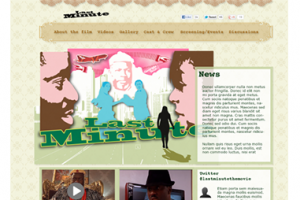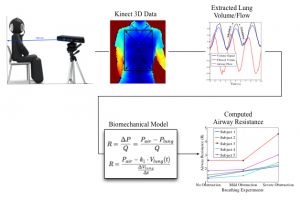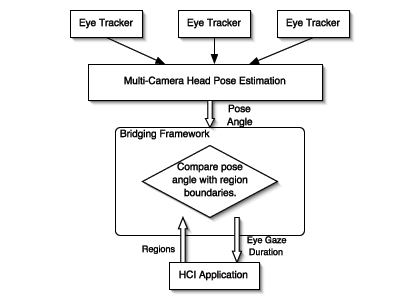|
A team of music technology students developed a system to enable novices to create remixes of any 4 Spotify songs they want. The system uses source separation to break down the songs into different components, such as vocals, drums, bass. Users can then generate 32 bar compositions that randomize how the song is constructed. The goal is to better understand users' preferences for control vs. automation of their mashups. |
The Mwangaza Project is a collaboration among the Sonification Lab, inAble, and Kenyatta University to develop and deploy accessible STEM educational resources to schools for the blind throughout Kenya. Projects that we are working on include accessible weather and climate education, math software for accessing graphing and number lines, and renewable energy as a component of STEM education and support for educational technologies.  |
My:TalkiesLab: My: Talkies is a tangible learning kit for teaching wireless communication through expressive making with middle school students. It enables the exploration of form and function together. |
|
|
Equipping students with disabilities with the right accommodation helps them experience greater independence and self-esteem, which set them up for success. However, at present, many barriers inhibit these students from obtaining the right accommodation. This project seeks to explore these barriers, and to build a platform that helps students with disabilities overcome them, by providing them easy access to assistive technology and a chance to interact with peers and experts, thus building a supportive community around them. |
In many Chinese families, adolescent children are moving abroad to pursue higher education. Due to cultural issues and China's One-Child Policy, parents have high expectations for their children and are willing to invest time and money to help them build a successful future. In this study, we interviewed both Chinese students in the US and Chinese parents in China whose children are studying abroad about their family communications. Parents and students used a variety of media, and families negotiated how each medium was used.  |
Our findings indicate that "contrary to assumptions of smooth, steady development over the next several years" Shenzhen will enter a "tightrope era" of pronounced uncertainty as it seeks to transition from one model of growth to another. The city's indigenous innovation and its economic well-being will be tested as Shenzhen weathers the most significant headwinds it has faced in its brief, four-decade-long history. |
|
|
Navis is a college orientation game designed by graduating Digital Media Master's student Laura Schluckebier. Navis is designed as a campus-wide scavenger hunt with team building challenges. Upon arriving at the campus for their orientation session, first years work with their teammates to discover clues around campus and to compete in team building challenges. Completing these challenges and earns them points.  |
We designed and developed two interactive visualization systems, NBA GameViz and NBA LineupViz. NBA GameViz assists sportswriters in post-game coverage, and NBA Lineup Viz provides sophisticated evaluation regarding lineups performances.  |
This is an industry sponsored project for Netflix in the MS-HCI project lab. The scope of the project is to explore the entertainment needs of Gen Z and re-imagine the Netflix experience to address these needs. |
The Nigerian film industry colloquially known as Nollywood is enormous, innovative, and digital. We are working to extend its capacities with new media technologies such as games, mobile and social media. In addition, we are developing social messaging campaigns within Nollywood films in particular around health issues. Come see emerging technologies and film content, including the feature length Nollywood film we produced and are premiering.  |
|
NL4DV is a Python package that takes as input a tabular dataset and a natural language query about that dataset. In response, the toolkit returns an analytic specification comprising data attributes, analytic tasks, and a list of visualizations (Vega-Lite specifications) relevant to the input query.  Website: |
Respiratory syncytial virus (RSV) is a virus that causes respiratory tract infections especially in young children. This infection increases the airway resistance and makes it harder to breathe because more pressure has to be generated in the lungs to the extent that the respiratory muscles may get so tired that the patient stops breathing. In the U.S., by the end of 2-3 years of age, nearly all of the children are going to be infected with RSV at least once. Among them, 2-3% will develop bronchiolitis and need to be hospitalized.  |



